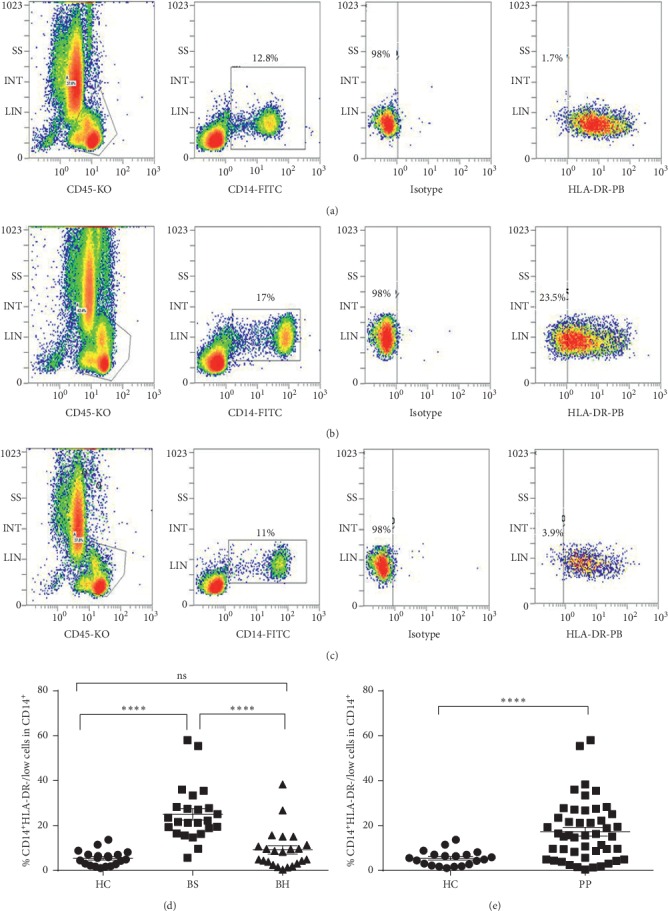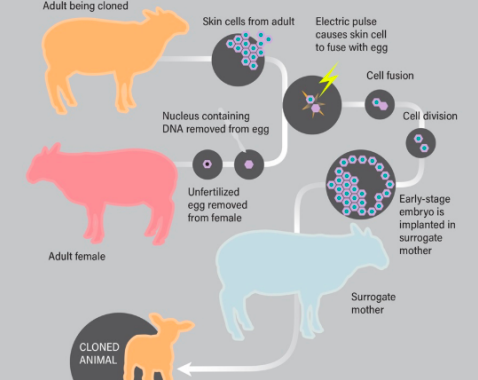
Circulating CD14+HLA-DR-/low Myeloid-Derived Suppressor Cells as Potential Biomarkers for the Identification of Psoriasis TCM Blood-Heat Syndrome and Blood-Stasis Syndrome.
Psoriasis is a continual autoimmune illness. Identification of the biomarkers accountable for Traditional Chinese Medicine (TCM) syndromes of psoriasis may also help researchers acknowledge the totally different features of psoriasis and discover novel therapeutic targets for the therapy of psoriasis.
The present research investigated the ranges of circulating Mo-MDSCs and Mo-MDSC-associated immune components in the peripheral blood of psoriasis sufferers with totally different TCM syndromes.
We discovered that the frequency of Mo-MDSCs (CD14+HLA-DR-/low cells) amongst CD14+ cells from plaque psoriasis sufferers with blood-stasis (BS) syndrome was considerably elevated compared with wholesome controls (p < 0.001) and blood-heat (BH) syndrome group (p < 0.001), respectively. However, serum IL-2, IL-4, IL-6, IL-10, IL-17A, TNF-α, IFN-γ, iNOS, Arg-1, and NO focus confirmed no statistically vital distinction between wholesome controls and psoriasis sufferers as effectively as no vital distinction between the BH and BS syndrome teams.
Compared with wholesome controls, the mRNA expression of Arg-1, TNF-α, ROR-γ, and PD-L1 was elevated, whereas the mRNA expression of PD-1 and IL-10 was decreased in PBMCs from psoriasis sufferers. Moreover, the mRNA expression of TNF-α and FOXP3 in PBMCs confirmed a pronounced statistical distinction between the psoriatic BH syndrome group and the BS syndrome group.
Therefore, we offer proof that the share of CD14+HLA-DR-/low MDSC/ CD14+ cells and TNF-α and Foxp3 mRNA expression ranges in PBMCs are potential biomarkers for distinguishing TCM BH syndrome and BS syndrome.

Comprehensive evaluation of the lengthy non-coding RNA-associated aggressive endogenous RNA community reveals novel prognostic biomarkers in Wilms’ tumor.
Wilms’ tumor (WT) is one of the commonest varieties of renal carcinoma in kids. The intention of the current research was to assemble a aggressive endogenous RNA (ceRNA) regulation community and discover novel prognostic biomarkers for WT.
The expression profiles had been downloaded from The Cancer Genome Atlas database to determine differentially expressed RNAs (DERNAs). Based on the interactions between microRNAs (miRNAs) and mRNAs/lengthy non-coding RNAs (lncRNAs), a ceRNA community was constructed.
Functional enrichment analyses had been subsequently carried out to discover the capabilities of the ceRNA-associated DEmRNAs. Survival evaluation was carried out to display for prognosis-associated RNAs and the χ2 check was used to evaluate the associations between prognosis-associated RNA expression and histology classification/scientific staging.
The current research recognized 1,784 lncRNAs, 114 miRNAs and 3,337 mRNAs, which had been abnormally expressed in WT in contrast with that in regular samples. By prediction, pairing and community evaluation, a ceRNA community consisting of 38 DElncRNAs, 18 DEmiRNAs and 99 DEmRNAs was established.
These DEmRNAs had been considerably enriched in pathways related to the incidence and growth of WT. By combining the expression information with survival evaluation, seven prognosis-associated RNAs had been recognized (P<0.05). Of these seven RNAs, two (zinc finger and BTB area containing 4; and deleted in lymphocytic leukemia 2) had been considerably related to scientific staging and histology classification.
Lastly, the expression ranges of the seven RNAs had been verified in the Gene Expression Omnibus database. The current research revealed that 7 RNAs is perhaps thought-about as novel prognostic biomarkers and potential therapy targets for remedy in WT. In addition, the ceRNA regulation community might present novel methods for additional research on lncRNAs and miRNAs in WT.
You May Also Like

Cardiovascular biomarkers in patients with COVID-19
April 10, 2021
Risk stratification with echocardiographic biomarkers in heart failure with preserved ejection fraction: the media echo score
March 8, 2021

